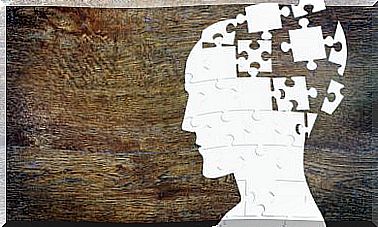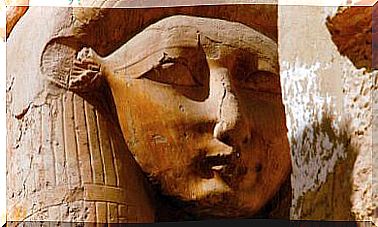Wabi Sabi, The Beauty Of Imperfection

Wabi Sabi is a Zen concept that refers to the ability to see beauty in imperfection. It is an oriental philosophy that bursts into the West as a tool not only for personal development, but also for the search for a full and happy existence.
Wabi Sabi is the art of harmony and well-being in imperfection, it is the ability to find beauty even in simple things. Leonard Koren, author of Wabi-sabi for Artists, Designers, Poets and Philosophers , affirms that it is about everything that refers to traditional Japanese beauty and that looks for things that are imperfect and incomplete. Wabi Sabi is, in short, the acceptance of unconventional things.
Now, it is important to mention that Wabi Sabi not only refers to external factors, but also to deeper concepts such as humility, simplicity, loneliness or even abandonment. It defines a way of living in peace with oneself and with the environment, from the simplicity of daily routine.
Origin of the Wabi Sabi concept
Wabi Sabi has its origin related to the Buddhist concept of Tri Laksana, which affirms that everything that happens in nature is subject to three fundamental characteristics: the insubstantiality of the self, transience and suffering.
In this way, it is valid to emphasize that Wabi Sabi is an oriental aesthetic pattern comparable to the canons of beauty for Westerners, but that nonetheless has nothing to do with one another.

The etymological origin of the word Wabi refers to frugality or moderation that prevents ostentation and luxury. In fact, it is the complete opposite of extravagance and waste. While the word Sabi refers to the serenity and tranquility that come with age or with intellectual maturity.
Therefore, Wabi Sabi highlights the beauty in the imperfect, the greatness that the simple presents, but without underestimating the decadent of the world, where sadness and desolation merge in an absolute melancholy.
Kintsukuroi a break makes the object stronger and more beautiful
A relationship can be established between the Wabi Sabi concept and the Japanese technique called Kintsukuroi, which consists of repairing broken objects by joining their cracks with gold. In this way, the object is beautified and it is much stronger than before.
In addition, it is constructive to relate it to the soul that has suffered some injury or an affront so great that it felt its ego disintegrate . However, what Kintsukuroi’s philosophy teaches is that adversity can be an opportunity to transform into a much stronger and more beautiful person, with the marks of adversity being a way of remembering that despite suffering and misfortune, the individual it has the ability to be comprehensively restored thanks to its power of resilience.
From psychology, resilience refers to the ability to face an adverse situation and emerge stronger from it. The person discovers resources inside him that he was unaware of and that help him to rebuild after experiencing a traumatic event.
In this way, for the resilient individual, a problem or a crisis is a challenge, an opportunity to grow and promote personal development. The pain is used as a motor to reach new goals, advance and achieve balance again.

Finding the way out of each labyrinth of life, returning to being completely in harmony with oneself and with the other, is one of the best capacities that the human being presents. The one in which limits only exist if you really believe in them and the way to achieve everything that seemed impossible is simply by working daily. And above all, having the ability not to be overwhelmed by problems, setting clear goals, believing that they can be achieved even though the road is not easy and trusting in your strength.
In short, having the ability to recognize that one is in a chaotic, finite and complex world, and despite everything being happy, is essential to enjoy life; without anticipating the loss that existence itself means.









